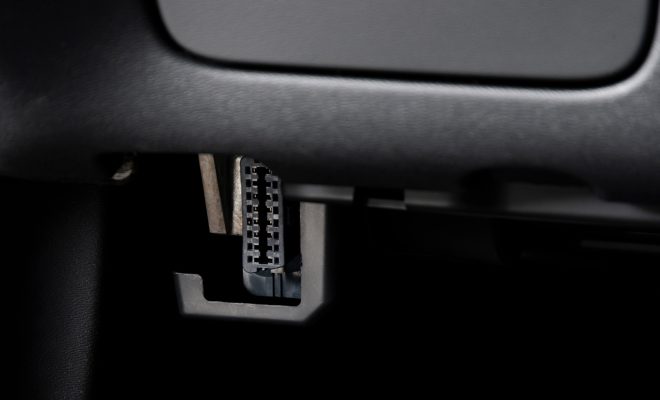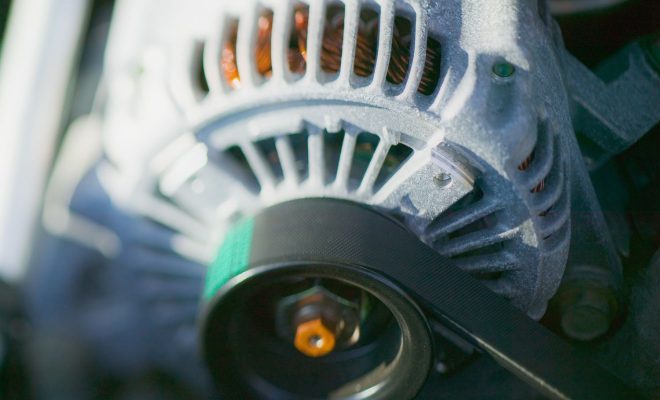What Is the OBD-II Port and What Is It Used For?

The On-Board Diagnostics (OBD) system in vehicles has come a long way since its inception in the late ’70s. With the introduction of the OBD-II system in the ’90s, the system became standardized for most vehicles made after 1996. One of the essential components of the OBD-II system is the OBD-II port that is typically located in the driver’s footwell or under the dashboard.
What Is the OBD-II Port?
The OBD-II port is an electrically-powered data link connector (DLC) that provides access to the car’s onboard diagnostic system. It is a 16-pin socket that connects the vehicle’s computer system to a diagnostic scan tool or a computer. The OBD-II port can be found in almost all gasoline and diesel vehicles manufactured after 1996, including passenger cars, light-duty trucks, and SUVs.
What Is It Used For?
The primary use of the OBD-II port is to provide a standardized connection point for diagnostic equipment that can be used to troubleshoot and repair the vehicle. A scan tool or code reader can be plugged into the port to access the vehicle’s computer system and read diagnostic trouble codes (DTCs) that can help pinpoint problems with the engine, transmission, emissions, and other systems.
Additionally, the OBD-II port is used by state inspection programs to monitor emissions and other system performance data. States with smog check programs will connect a scan tool to the OBD-II port during emissions inspections to see if any DTCs are present or if there has been any tampering with the emissions control systems.
The OBD-II port is also used for data logging and vehicle performance tuning. Performance tuning involves making changes to the car’s computer system to increase power, improve fuel efficiency, or modify other parameters of the vehicle’s operation. Performance tuners often use the OBD-II port to upload new software to the car’s computer system, which can be done while the car is running.






